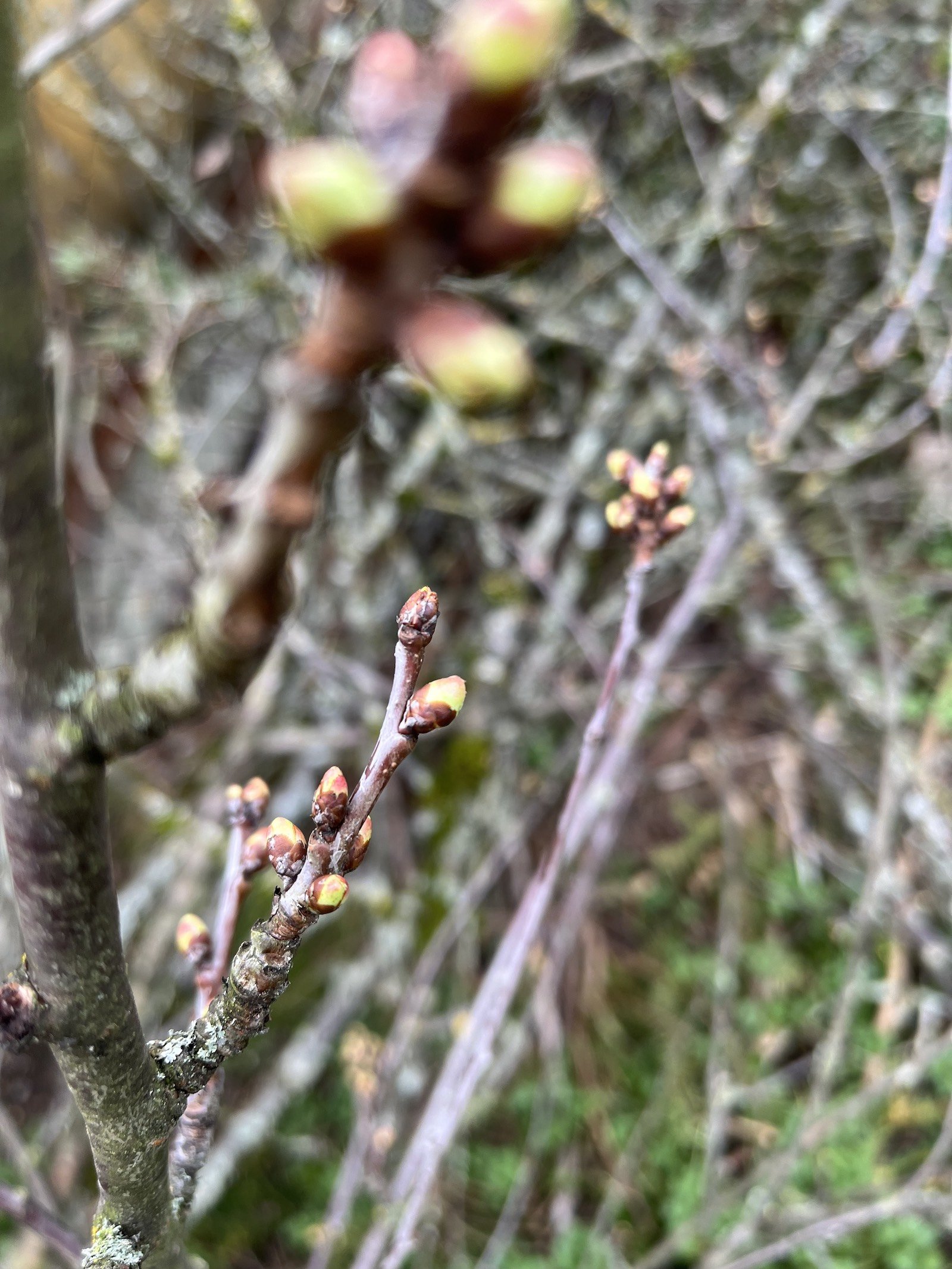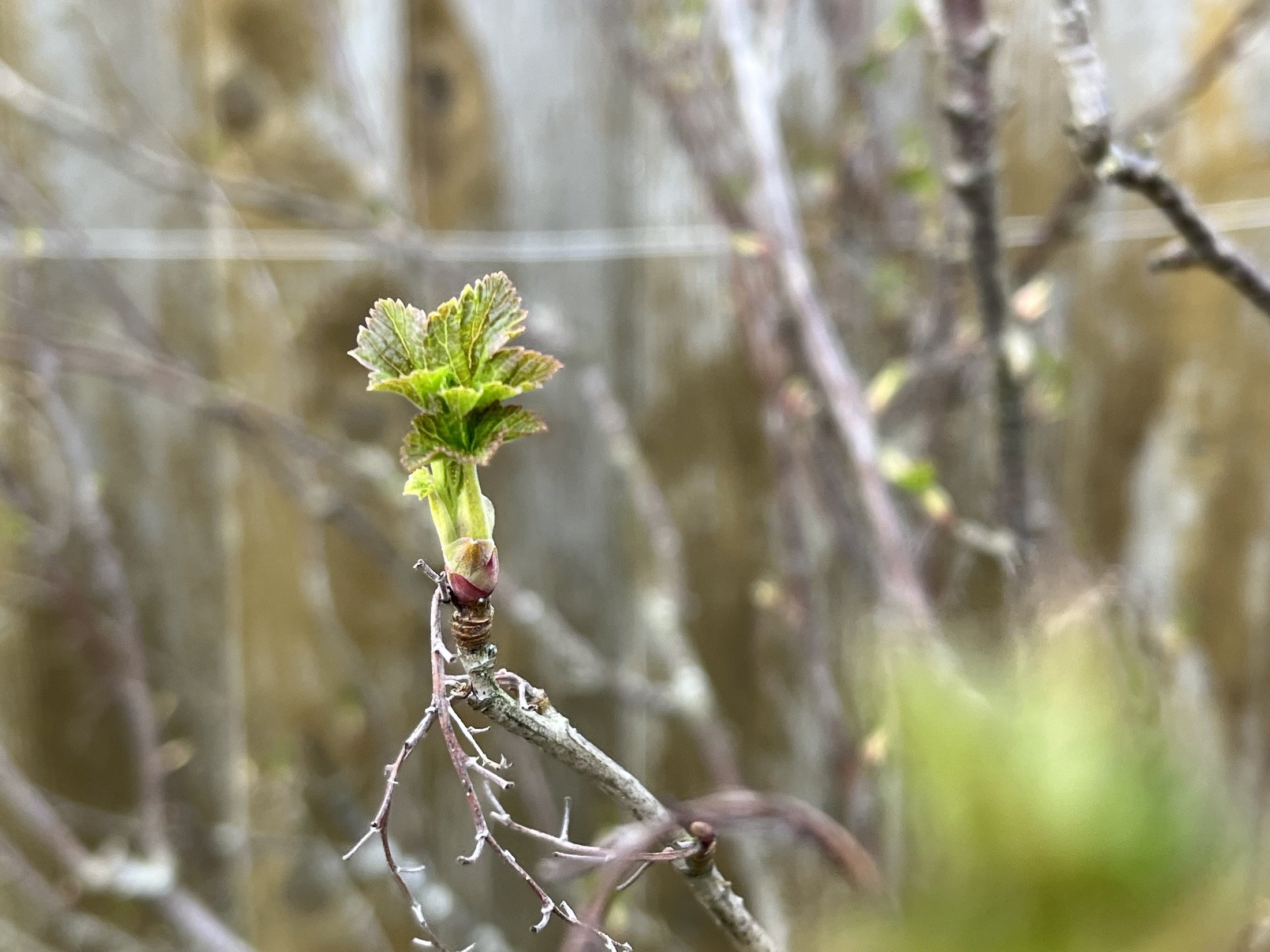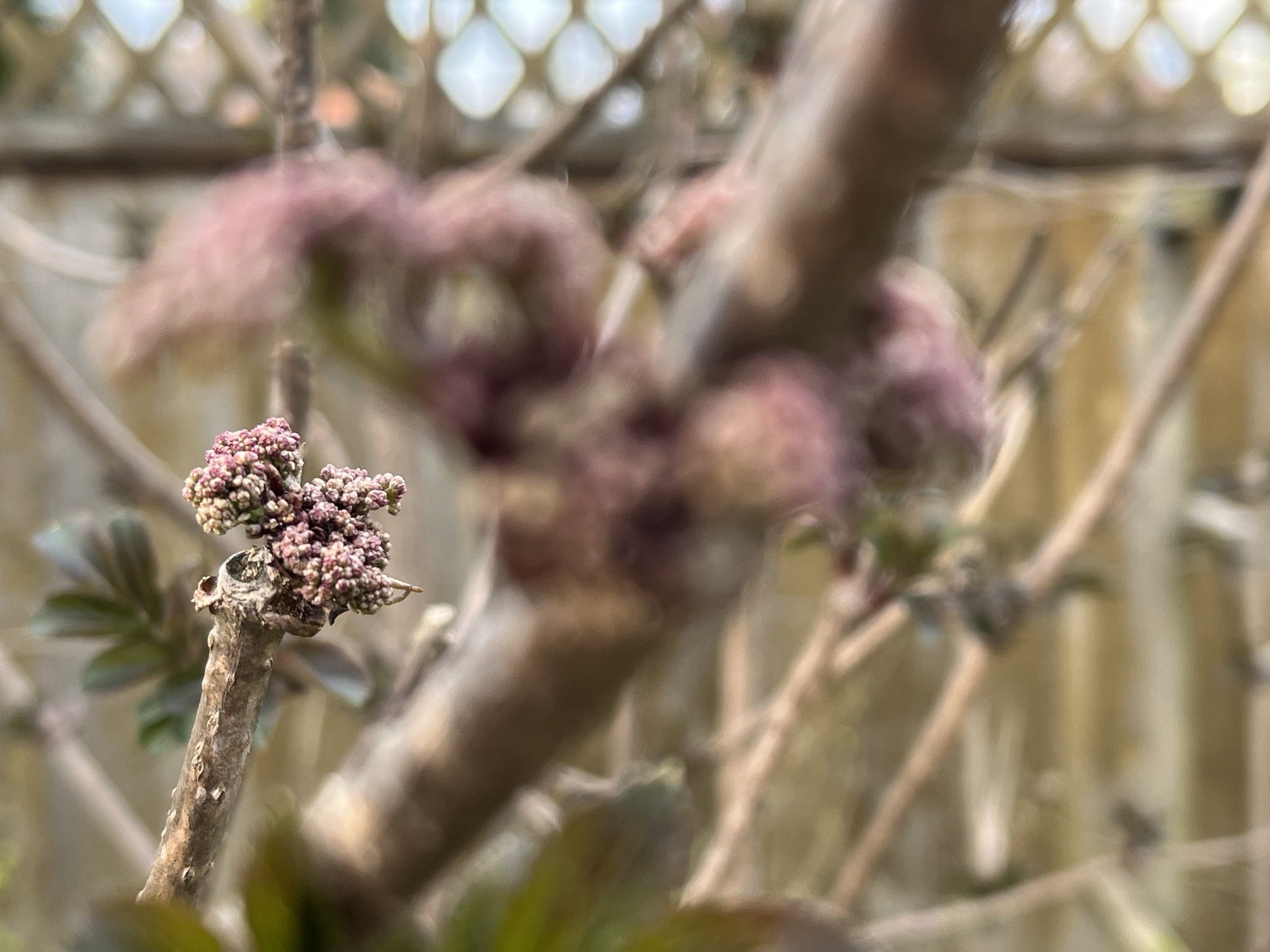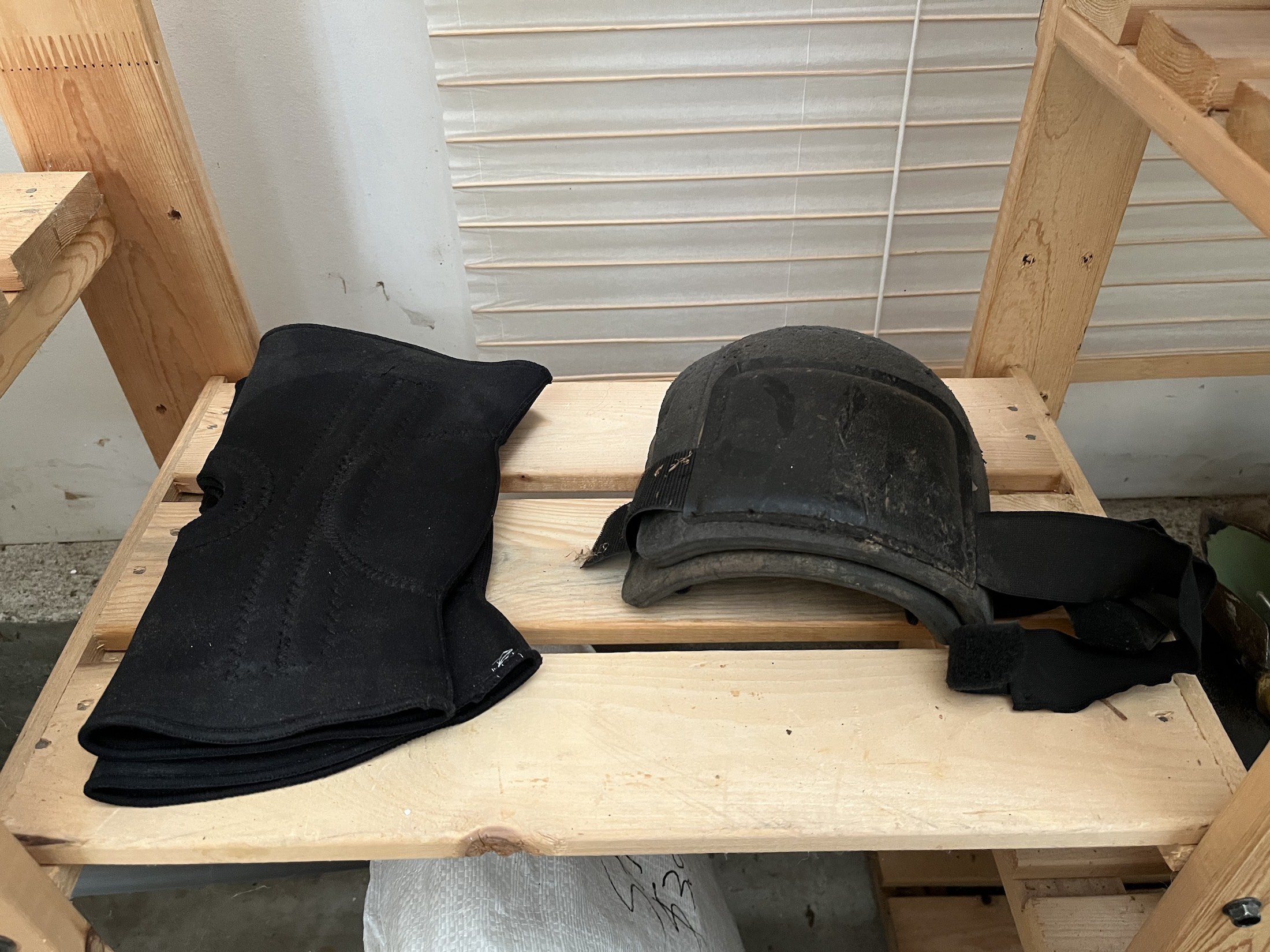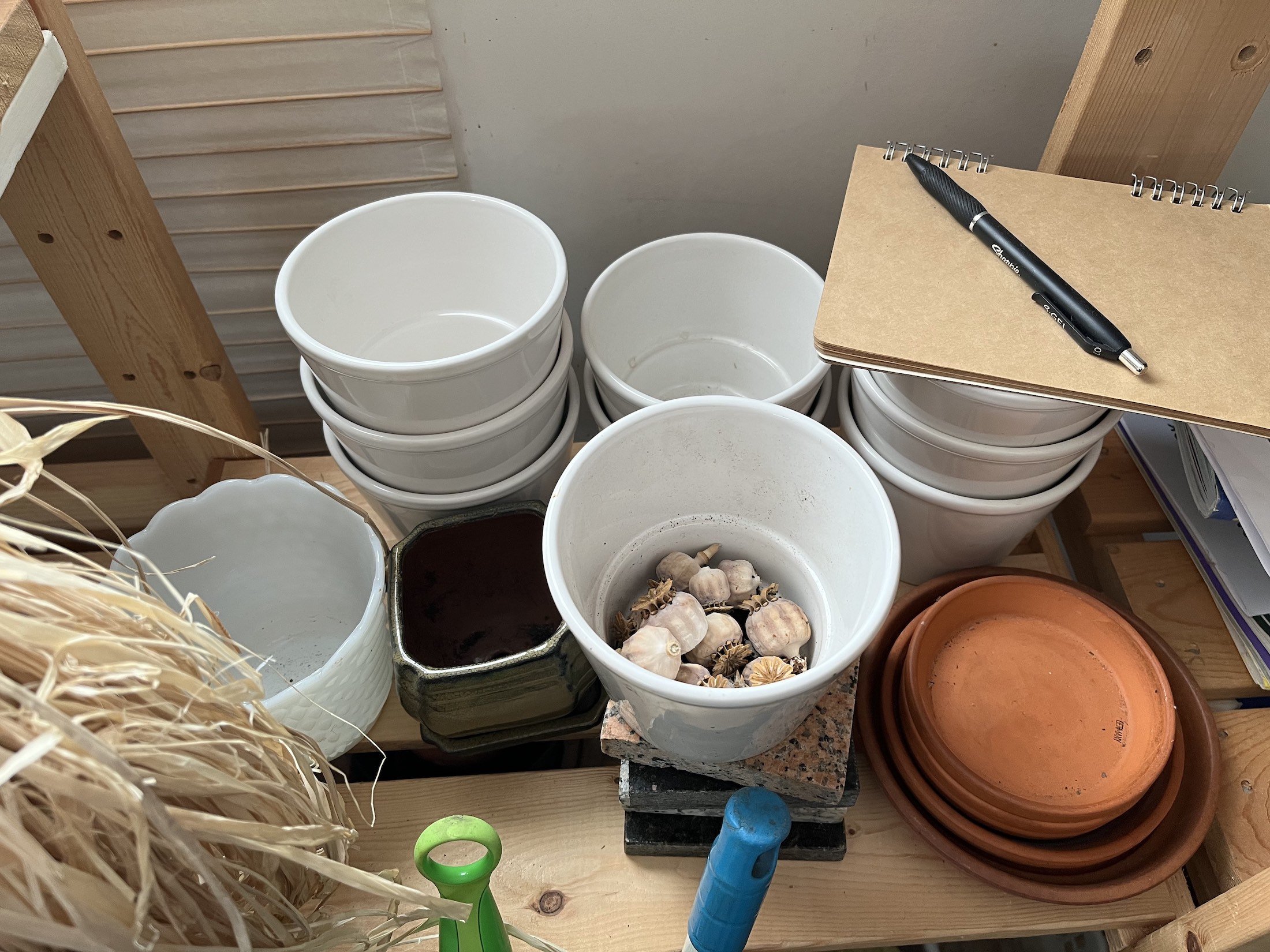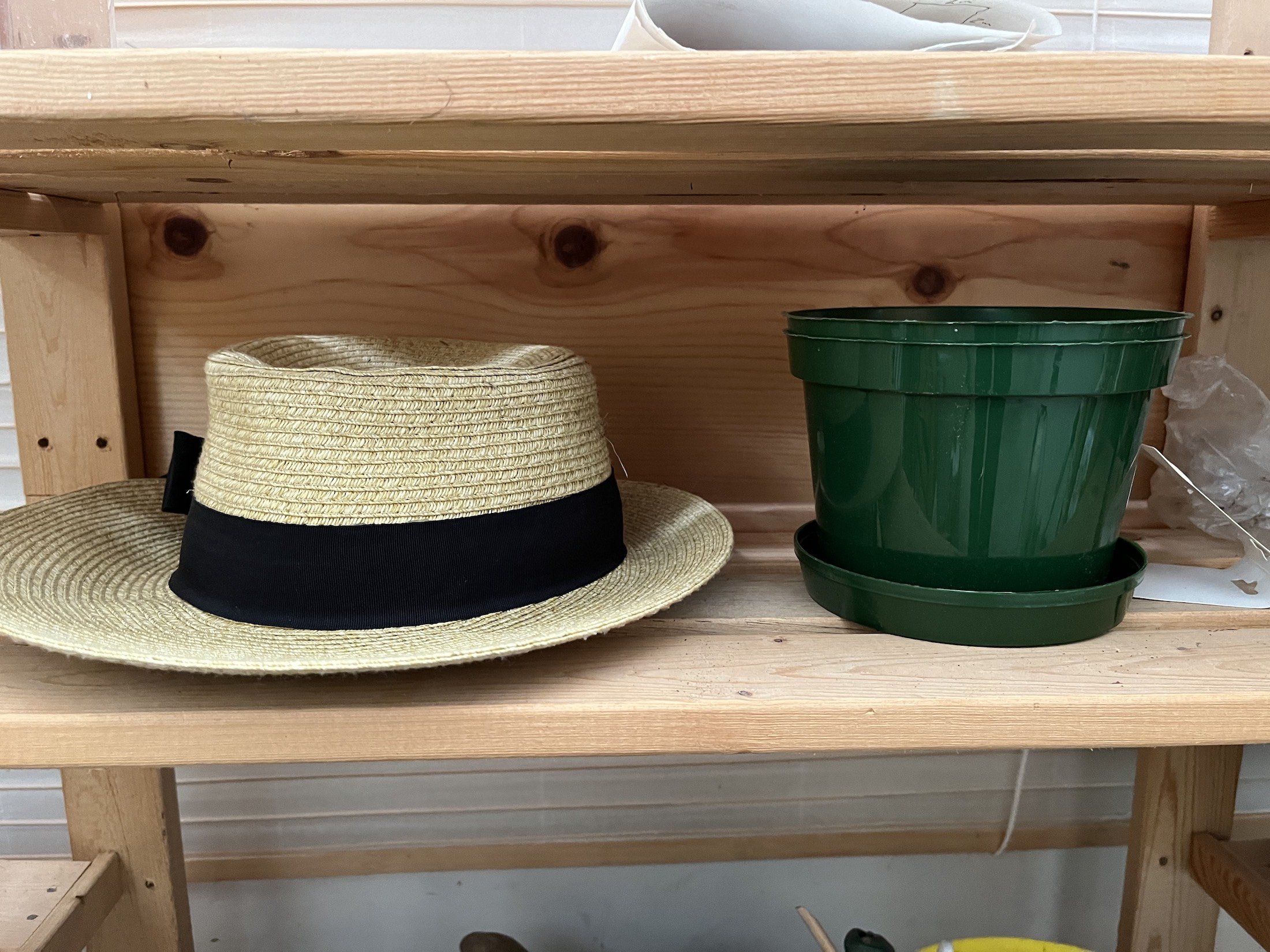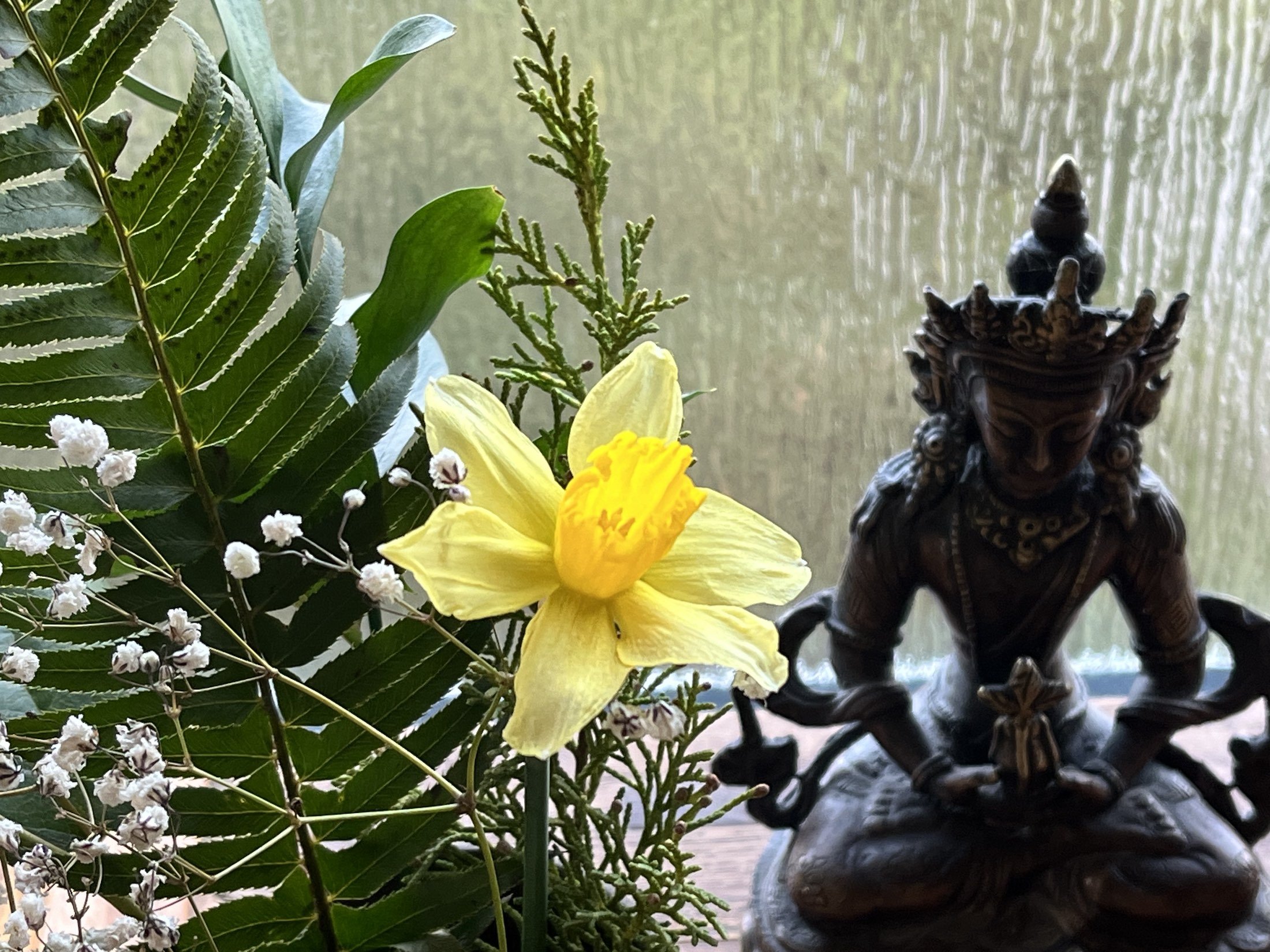Koryuji Garden – growing practice
/“Handle even a single leaf of a green in such a way that it manifests the body of the Buddha. This in turn allows the Buddha to manifest through the leaf.” ”
Shōhaku Okumura suggests that in kinhin (walking meditation), each step is a destination. MRZC sangha member Wynnie Smithies extrapolates that in a garden each planting, each weeding, and each pruning is a destination. Then, we are looking at what is right in front of us - the plant, flower, stone, soil - and we can take good care of it, just by virtue of being more present. Wynnie quips: Everyone knows what a rose looks like, but do you know what the rose right in front of you looks like??
When Augusta Lokhorst, who also has a steady practice with MRZC, first arrives at Koryuji, she sits in front of the buddha in the back garden and sets her intention - taking in the environment and settling into a meditative state.
This year, on the first weekend of March, Augusta was able to work in the garden and felt the feeling of spring rain. It cut through some of the struggle of the past winter which had been hard. That feeling of rain put her in touch again with the elements all around: the earth, water, air, and fire latent in each seed.
Mountain Rain Zen Community is fortunate to have access to a garden. Cuttings and flowers can be taken for altar and front door; we are glad to have sage and lavender for incense and offerings; for those moments it gets too hectic (inside the four walls of the building or within the body) being able to just go out and be, is invaluable. For Wynnie who, like many of us, lives in an urban environment, the garden is a vital part of practice. Among other things she has begun to learn the way the seasons work, observing cycles of transformation, growth, and decay.
As we enter into our second year of tending the Koryuji garden, it is an exciting time. Year One was very much about careful observation. We needed to discover what’s there ? What does it need ? How do we use it? We didn’t know what was planted and what would come up. We needed to get a sense of what had come before and also to see where the light fell throughout the year.
Augusta is amazed at how much can grow in a little bit of space.
“Nothing can survive without food”
In the garden there are sour cherries, four apple varieties, elderberries, grapes, filberts, black currants. There are flowers for pollinators. There are raised bed for growing kale, chard, and other greens. Tomatoes, winter squash, and zuchinni have been invited in to the mix and can be expected to flourish as the community continues to tend the soil with diligence, discernment, and humility.
The garden is a wonderful place to build relationships. As the MRZC practice house culture is established, will sangha members be planting food and flowers together? Will residents be cooking together? How will the weeding and watering happen?
Wynnie and Augusta agree, by giving the garden some of our blood, sweat, and tears, in return we receive a little bit of peace, of grounding. They are excited for a rodent-proof compost bin to be built with grant monies received. Other hopes for the garden include regular work parties and a core group of people stepping up to coordinate garden care!
Please email admin@mountainrainzen.org if you can lend a hand building the compost bin.
-blog post written by Naomi Steinberg, based on interviews with Wynnie Smithies and Augusta Lokhorst
